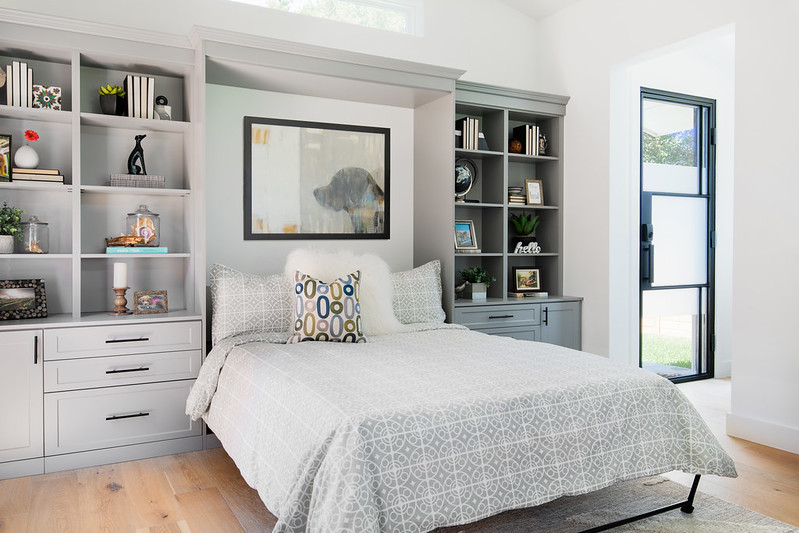Introduction
Coal Valley, a name that resonates with industrial heritage and natural beauty, is a region deeply rooted in coal mining history. Located in various parts of the world, including the United States, Australia, and Canada, regions named Coal Valley have played a significant role in shaping local economies and communities. This article explores the history, economic impact, environmental considerations, and future prospects of Coal Valley, with a focus on its role in the coal mining industry.
The History of Coal Valley
Early Discovery and Settlement
Coal Valley’s history is intrinsically linked to the discovery of coal deposits. In many cases, these regions were initially inhabited by Indigenous peoples before European settlers arrived. The discovery of coal in the 19th century led to rapid industrialization and the establishment of mining towns.
For example, in the United States, regions like Coal Valley, Illinois, and Coal Valley, Iowa, became prominent mining hubs during the late 1800s and early 1900s. Similarly, in Australia, the Coal Valley in Tasmania was known for its high-quality coal, which fueled local industries and export markets.
The Rise of Coal Mining
The Industrial Revolution increased the demand for coal as a primary energy source for steam engines, factories, and railroads. Coal Valley’s mines became vital to national and global supply chains. Mining companies established operations, bringing workers and their families to the area, leading to the growth of towns around the mines.
Life in Coal Valley during its peak was characterized by hard labor, close-knit communities, and economic prosperity—but also by challenges such as worker exploitation, unsafe conditions, and environmental degradation.
Economic Impact of Coal Valley
Job Creation and Local Economy
Coal mining was the backbone of Coal Valley’s economy for over a century. It provided thousands of jobs, from miners to engineers, and supported secondary industries such as transportation, equipment manufacturing, and retail. Towns in Coal Valley thrived as schools, hospitals, and businesses were established to serve the growing population.
National and Global Influence
Coal from these regions powered industries, electricity generation, and steel production. Countries with significant coal reserves, like the U.S. and Australia, relied on Coal Valley’s output to fuel economic growth. At its peak, coal was one of the most traded commodities globally, making regions like Coal Valley critical to energy security.
Decline and Transition
However, the latter half of the 20th century saw a decline in coal demand due to several factors:
- Environmental Concerns: The negative impact of coal on air quality and climate change led to stricter regulations.
- Shift to Renewable Energy: Solar, wind, and natural gas became more cost-effective and sustainable alternatives.
- Automation in Mining: Fewer workers were needed as technology replaced manual labor.
Many Coal Valley towns faced economic downturns as mines closed. Some communities successfully diversified into agriculture, tourism, or other industries, while others struggled with unemployment and population decline.
Environmental and Social Challenges
Environmental Degradation
Coal mining has left a lasting environmental footprint in Coal Valley. Key issues include:
- Land Disruption: Open-pit and underground mining altered landscapes, leading to soil erosion and habitat destruction.
- Water Pollution: Acid mine drainage contaminated rivers and groundwater, affecting wildlife and drinking water supplies.
- Air Pollution: Burning coal released sulfur dioxide, nitrogen oxides, and particulate matter, contributing to respiratory diseases and climate change.
Health and Safety Concerns
Miners in Coal Valley faced dangerous working conditions, including cave-ins, explosions, and black lung disease (pneumoconiosis). While safety regulations improved over time, the risks associated with coal mining remained significant.
Community Resilience and Adaptation
Despite these challenges, many Coal Valley communities have shown resilience. Some regions have embraced eco-tourism, repurposing old mines into heritage sites or recreational areas. Others have invested in reforestation and clean energy projects to mitigate environmental damage.
The Future of Coal Valley
Transition to Renewable Energy
As the world shifts toward sustainable energy, Coal Valley faces a critical transition. Some possibilities include:
- Repurposing Mines: Former coal mines can be used for geothermal energy, solar farms, or energy storage.
- Carbon Capture and Storage (CCS): Emerging technologies may allow coal to be used more cleanly, though this remains controversial.
- Economic Diversification: Investing in education, technology, and small businesses can help communities move beyond coal dependency.
Preserving Heritage
Coal Valley’s history is an important part of industrial heritage. Museums, historical tours, and cultural festivals can keep the legacy of coal mining alive while educating future generations about its impact.
Government and Policy Support
Government initiatives, such as job retraining programs and infrastructure investments, are essential to support transitioning coal communities. Policies that encourage renewable energy projects in former mining areas can provide new opportunities for growth.
Conclusion
Coal Valley represents both the triumphs and challenges of the coal mining industry. For over a century, it fueled economies, powered nations, and shaped communities. However, environmental concerns and the global energy transition have forced these regions to adapt.
The future of Coal Valley lies in innovation, sustainability, and honoring its rich history. By embracing renewable energy, preserving cultural heritage, and supporting affected workers, Coal Valley can evolve into a model for post-industrial revitalization.

 Entertainment7 months ago
Entertainment7 months ago
 Tech7 months ago
Tech7 months ago
 Entertainment7 months ago
Entertainment7 months ago
 Entertainment7 months ago
Entertainment7 months ago
 Blog7 months ago
Blog7 months ago
 Blog7 months ago
Blog7 months ago
 Business7 months ago
Business7 months ago
 Blog7 months ago
Blog7 months ago



